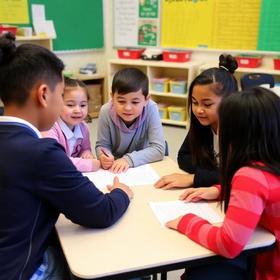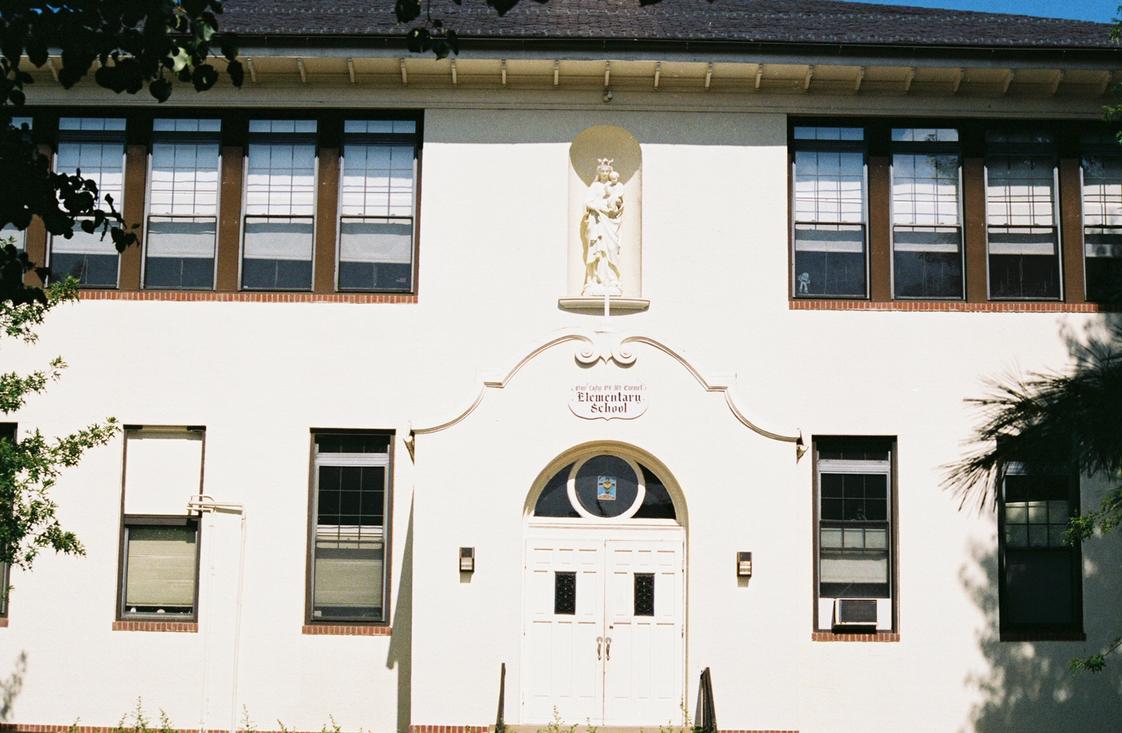For the 2026 school year, there are 2 private preschools serving 844 students in Essex, MD.
The top-ranked private preschools in Essex, MD include Our Lady Of Mt. Carmel Elementary School and Our Lady Of Mt Carmel School.
The average acceptance rate is 85%, which is higher than the Maryland private preschool average acceptance rate of 80%.
100% of private preschools in Essex, MD are religiously affiliated (most commonly Catholic).
Top-Ranked Essex Private Preschools (2026)
School
Location
Quick Facts
Our Lady Of Mt Carmel School
(Catholic)
1706 Old Eastern Avenue
Essex, MD 21221
(410) 686-1023
Essex, MD 21221
(410) 686-1023
Gr: PK-12 | 476 students Avg. class size: 16 students Sports: 11 | Extracurrculars: 4 Tuition & acceptance rate listed
Our Lady Of Mt. Carmel Elementary School![Our Lady Of Mt. Carmel Elementary School Photo - Our Lady of Mt. Carmel Elementary School Our Lady Of Mt. Carmel Elementary School Photo - Our Lady of Mt. Carmel Elementary School]()

(Catholic)
1702 Old Eastern Ave
Essex, MD 21221
(410) 686-0859
Essex, MD 21221
(410) 686-0859
Gr: NS-9 | 368 students Avg. class size: 19 students Sports: 9 Tuition listed
Essex, Maryland Private Schools (Closed)
School
Location
Quick Facts
St. Clare School (Closed 2010)
(Catholic)
716 Myrth Ave
Essex, MD 21221
(410) 687-7787
Essex, MD 21221
(410) 687-7787
Gr: K-9 | 180 students
Frequently Asked Questions
What are the top-ranked private preschools in Essex, MD?
The top-ranked private preschools in Essex, MD include Our Lady Of Mt. Carmel Elementary School and Our Lady Of Mt Carmel School.
How many private preschools are located in Essex?
2 private preschools are located in Essex.
What percentage of private preschools are religiously affiliated in Essex?
100% of private preschools in Essex are religiously affiliated (most commonly Catholic).
Recent Articles

Free Private Schools & Voucher Programs in 2025
Updated guide to free private schools and school voucher programs, 2025 policies, costs, equity issues, and how families access tuition support.

Social Emotional Learning 2025: Policy, Practice and Outcomes
Updated 2025 review of social emotional learning in schools, research outcomes, key trends, challenges and future paths for parents and educators.

Private School Admissions for Siblings: Costs and Timing
Learn how private school admissions for siblings affect costs, discounts, and timing strategies for families planning multiple enrollments.



